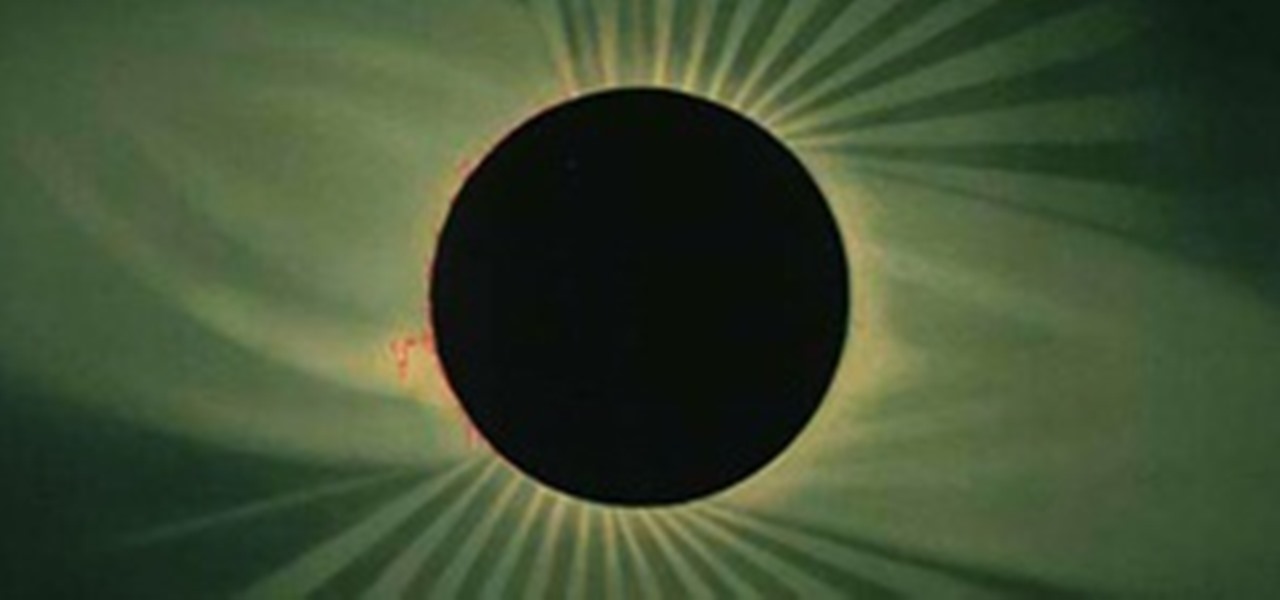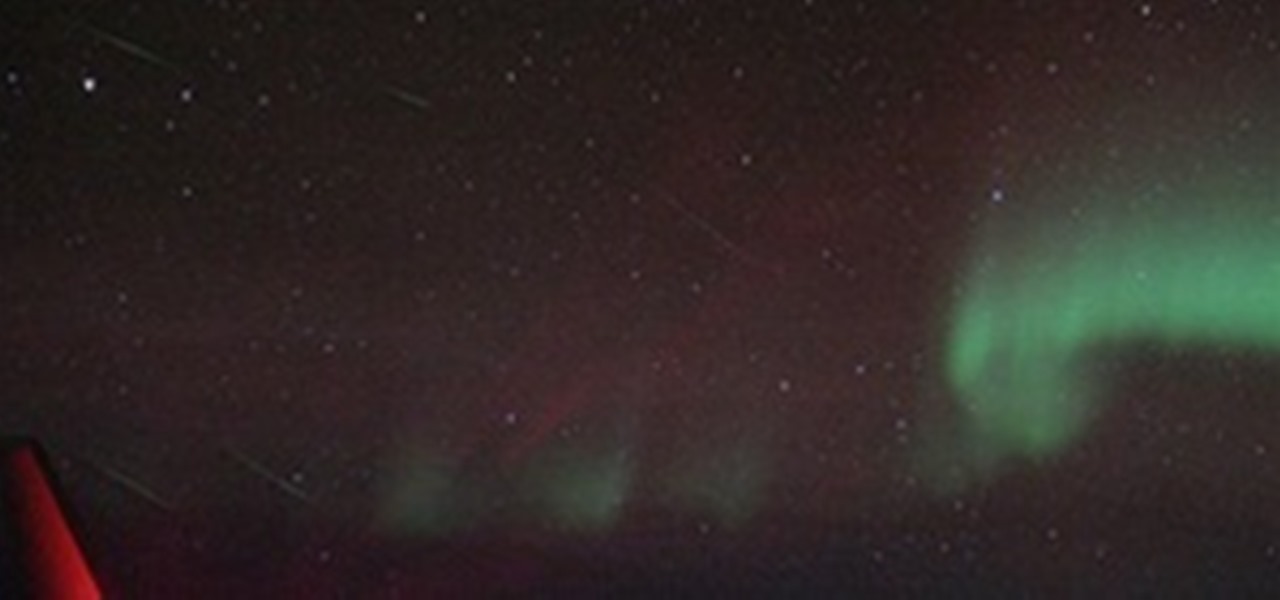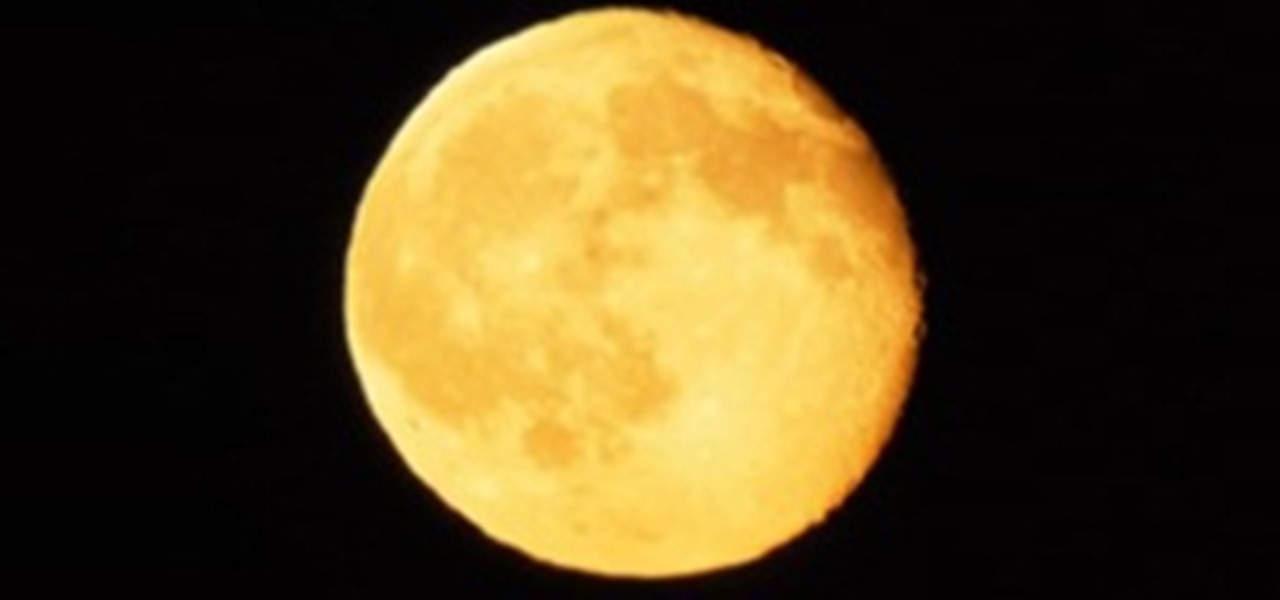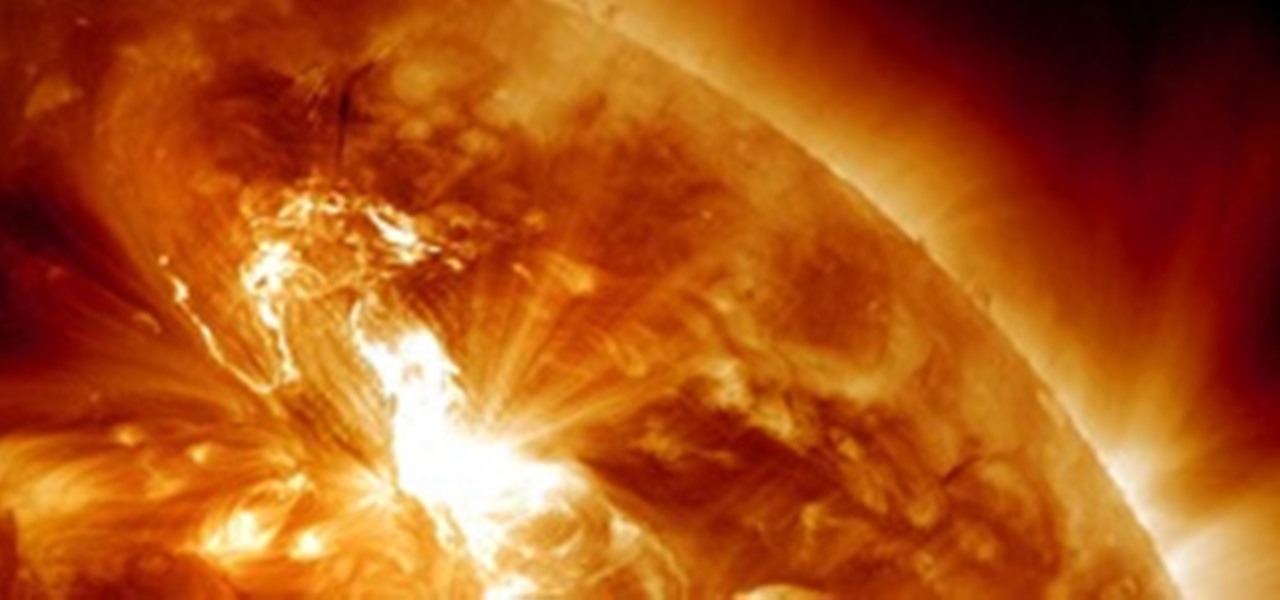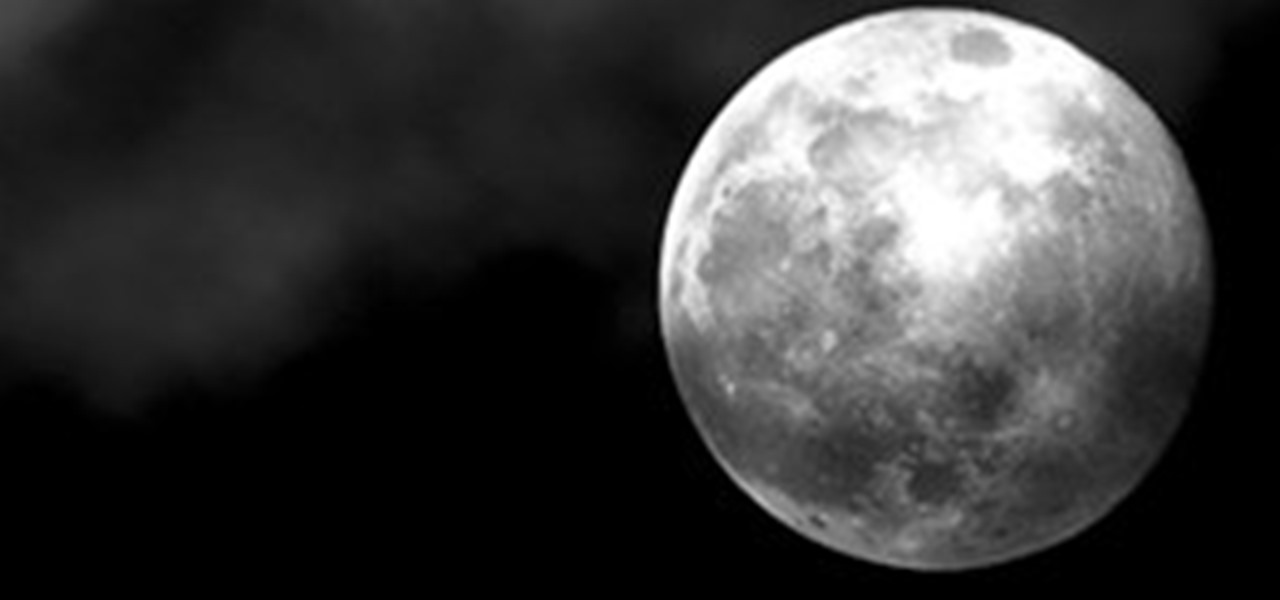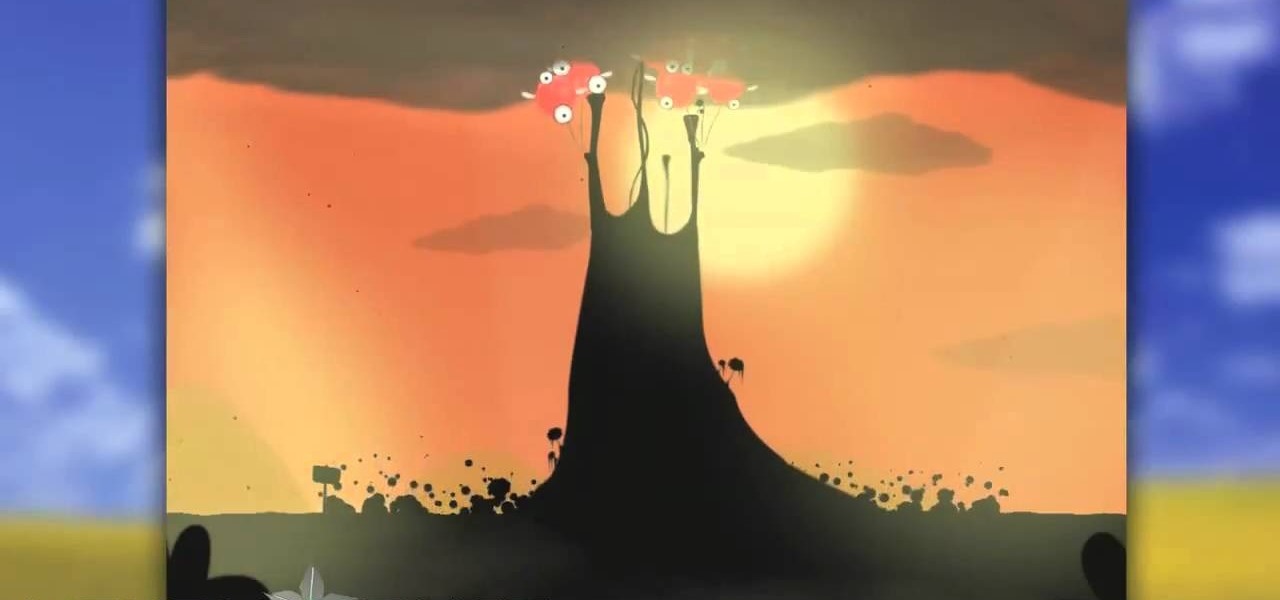
Beat the 47th level of World of Goo! This walkthrough offers a complete guide to beating Level 47 of 2D Boy's popular physics-based puzzle game on your Apple iPad. For all the gooey details, and to get started beating this stage for yourself, take a look!

All you science and astronomy nuts out there, pay attention, this detailed video tutorial series will tell you everything you need to know about using the Meade EXT Backpack Telescope to ogle the universe.

Prince of Persia: The Sands of Time has just come out in theaters, with Jake Gyllenhaal starring, but don't think for a second that the new Prince of Persia: The Forgotten Sands video game out now is because of the movie. The Prince of Persia video game series has been around since 1989, and The Forgotten Sands is just the newest addition. The movie is actually based on the game of the same title from 2003.
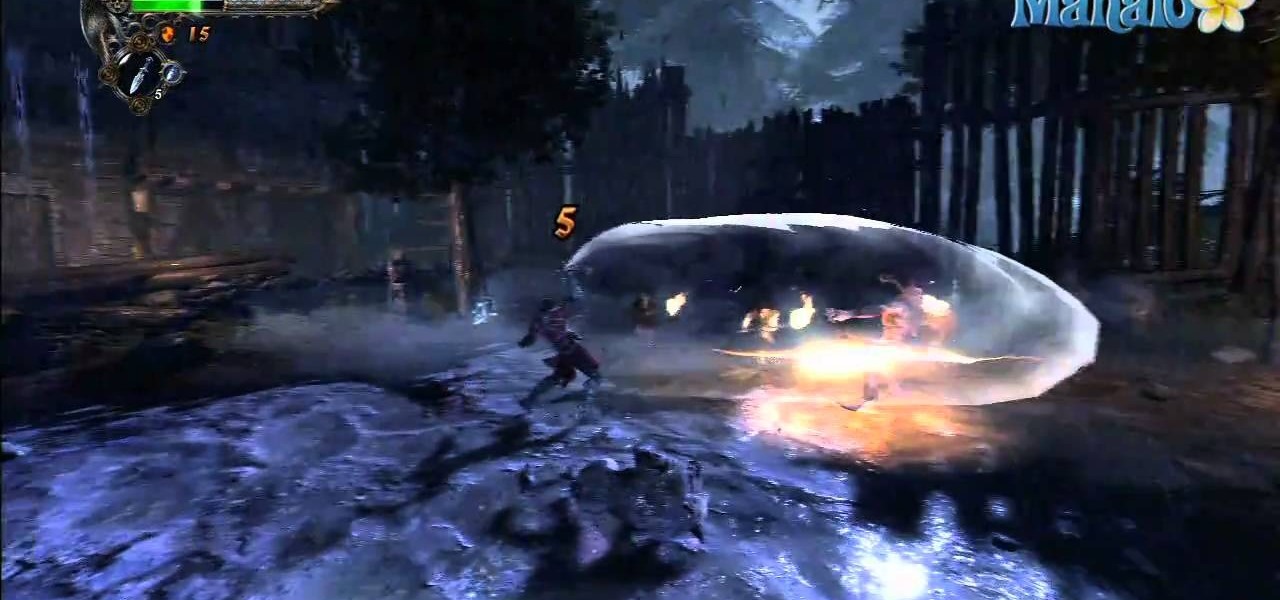
Watch the full gameplay for Castlevania: Lords of Shadow on the Xbox 360. Lords of Shadows is yet another video game in the popular Castlevania franchise, which has been around since the days of the NES. In this lengthy walkthrough, you'll see all the vampire killing action, set in the Middle Ages, with protagonist Gabriel Belmont. This is a handy video guide if you ever get stumped on a level.

Telescopes help amateur astronomers view the stars and see the universe. Learn how to use and care for a telescope from an observatory director in this free astronomy video.

Earlier today, a meteorite flew over the Chelyabinsk region of Russia, triggering a shock wave that injured hundreds of people and caused damage to buildings and vehicles in the area. Witnesses describe seeing a bright ball of light streak through the sky followed by a loud boom as the 10-ton meteorite entered the Earth's atmosphere and exploded.

The team at NASA is in full mission preparation mode as they prepare to send a new team to the moon for the first time in decades via the Artemis program in 2024.

Depending on where you live, you will have to prepare for the hazards from different types of natural disasters. You can sleep easy if you have a secure location, stalked with food and supplied you might need if there is an emergency.

If you're into entomology, then you probably recognize the name E.L. Trouvelot. After all, he was the person responsible for the outbreak of invasive gypsy moths in North America, which are now one of the most destructive foliage-eating pests in the United States.

If you slept in during the peak of the Quadrantid meteor shower this morning, don't fret, because plenty of early risers did manage to wake up—with their cameras. Even if you did wake up and managed to withstand the cold morning air, you might not have seen anything. Cloud cover could have made it impossible, as well as bright city lights. But some stargazers made it their mission to photograph the Quadrantids, and lucky for you, they did.

NASA just released this beautiful image of what's leftover from a supernova explosion. The red cloud is expanding cosmic debris, the blue is a blast wave of electrons, and the stripes at the edge tell of a high energy burst of x-rays that may be bound for earth. This image was enhanced—Photoshopped—so that scientists can have an easier time interpreting the picture and so that the public can have an easier time appreciating the beauty of nature.

DVice posts six of the world's most powerful telescopes and, man, they are HUGE. Check it out. The Keck I and Keck II

Note: This shower is only visible in the Northern Hemisphere. The Quadrantid meteor shower is one of my personal favorites, mainly because of the amount of meteors it produces. You can sight more than 100 meteors per hour- that's more than 1 meter per minute. Even though that doesn't sound like much, it will make your observing experience much more exciting. The peak is short, typically lasting no more than an hour or so. It is more easily observed on the fourth, with its peak at 1:00 AM EST.

This is a really quick video I took of a moonrise last year. It has been sped up by a factor of 8 and was taken using a 2600 mm equivalent lens (75 times zoom for a 35 mm lens). The mountain it is rising over is about 40 miles away.

What happens when you combine a passion for astronomy and a love of wine? Cabernet that's out of this world. Literally. It's called Meteorito, and has a berry, nutty flavor with just a hint of iron and nickel. The wine was made by oenophile and amateur astronomer Ian Hutcheon, who runs his own vineyard and established an observatory in Chile called Centro Astronomica Tagua Tagua.

NASA reports that the sun erupted late last night with a large solar flare—an M8.7 class flare. The classification is calculated according to the peak flux of 100 to 800 picometer x-rays near Earth measured from the GEOS weather satellite. There are 5 letter classifications for solar flares, each with a linear 1-9 number scale of severity. M is the fourth most powerful class, with X leading the way. But last night's earth-directed coronal mass ejection (CME), captured by the Solar Dynamics Ob...

Calling all curious minds—scientists, anthropologists, relentless tourists: Saturday, April 9th, is International Obscura Day, the day to "explore hidden treasures in your hometown," or so says Atlas Obscura, a website dedicated to public curiosities and esoterica. If you're the kind of person who appreciates public oddities every day of the year, tomorrow is icing on the cake. Celebrate Obscura Day in one of hundreds of locales—from Los Angeles to Sydney, from Berlin to Manila.

Co-Directed by WonderHowTo's Ford Austin. Do any of those actors look familiar? If you like it vote for it here

For newbies to astronomy, expensive equipment is an understandable deterrent. But with some thorough Google searching, you can find plenty of How-To's for making your own tools for less. Below are a few sites with several cool projects to offer.

Some of you have already seen the superbness of tonight's "super moon", but for those of you in the western half of the United States, there's still time to ready your cameras and enjoy March 19th's super full moon. It's the biggest full moon in almost 20 years, the last one appearing in March of 1993.

PopSci has compiled an amazing list of 30 college labs that would tempt anybody to re-enroll. If you know any high school juniors or prospective grad students, pass this along. They just might reconsider their initial choices.

Later today, an asteroid the size of a city block (about 3,000 feet wide) called 2002 AM31 will fly by the Earth. It will still be about 3.2 million miles away, so there's nothing to be worried about, but you can watch it make its journey in real-time online. 2000 AM31 now, as seen from the JPL Small-Body Database Browser

Just a couple Saturday's ago, we were blessed with the Supermoon, where the moon was at perigee with our planet, creating a larger than usual Moon for us here on Earth. Now, we've got another spectacular show in the skies coming up, only this one isn't at night. There will be an annular solar eclipse on Sunday, May 20th!










